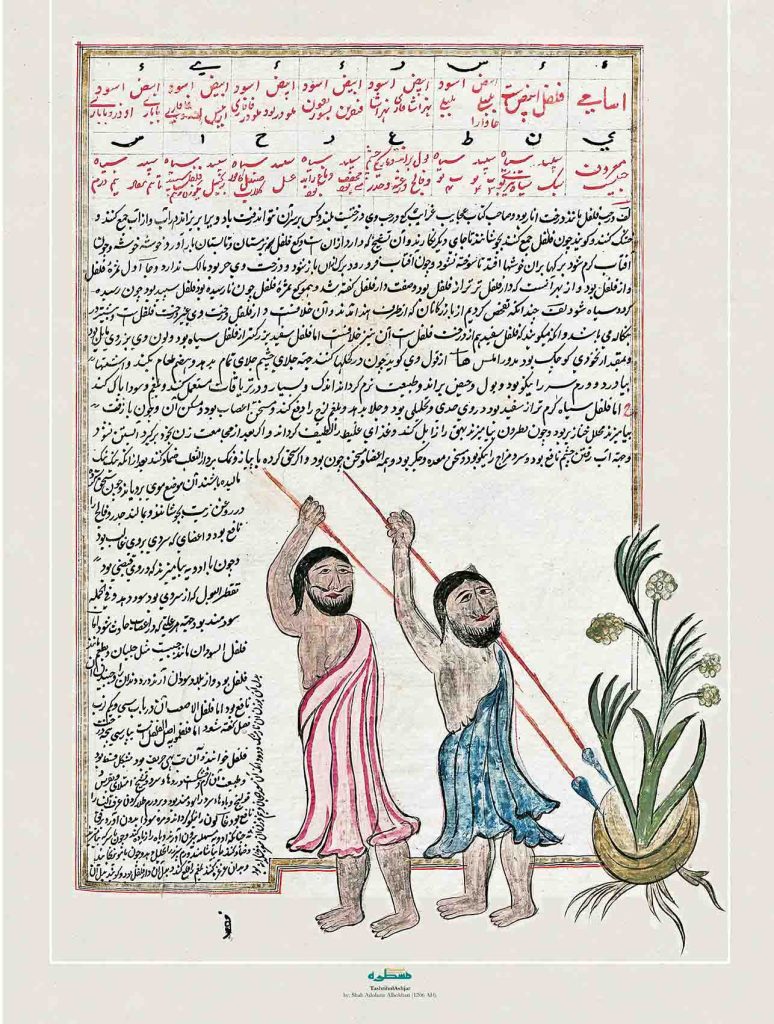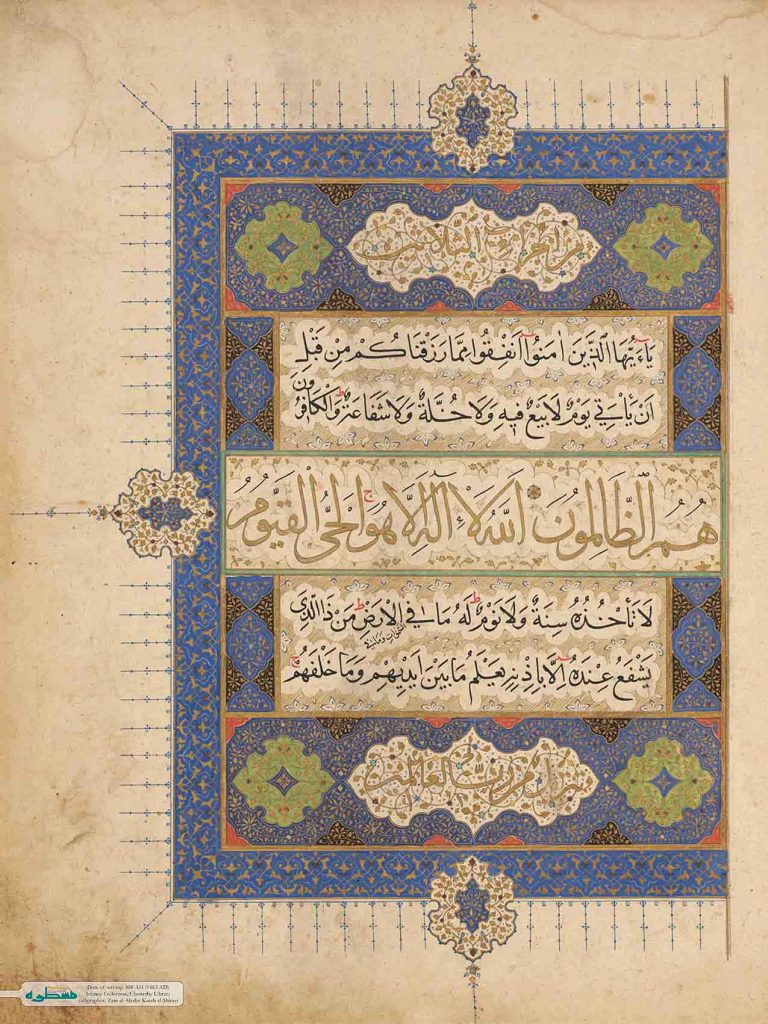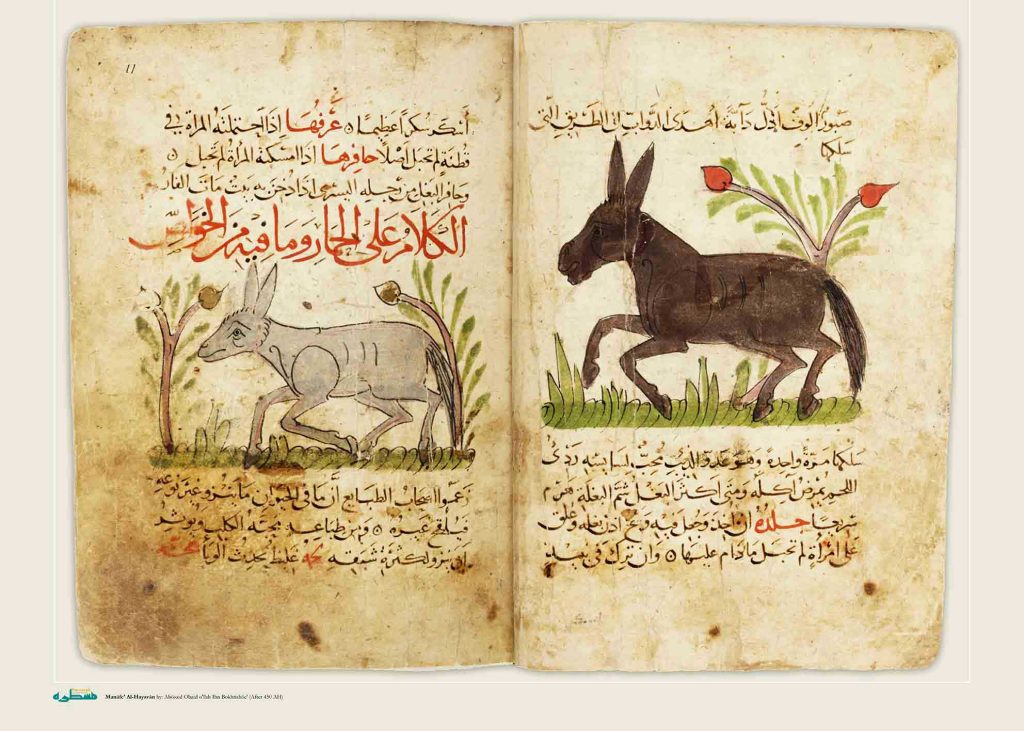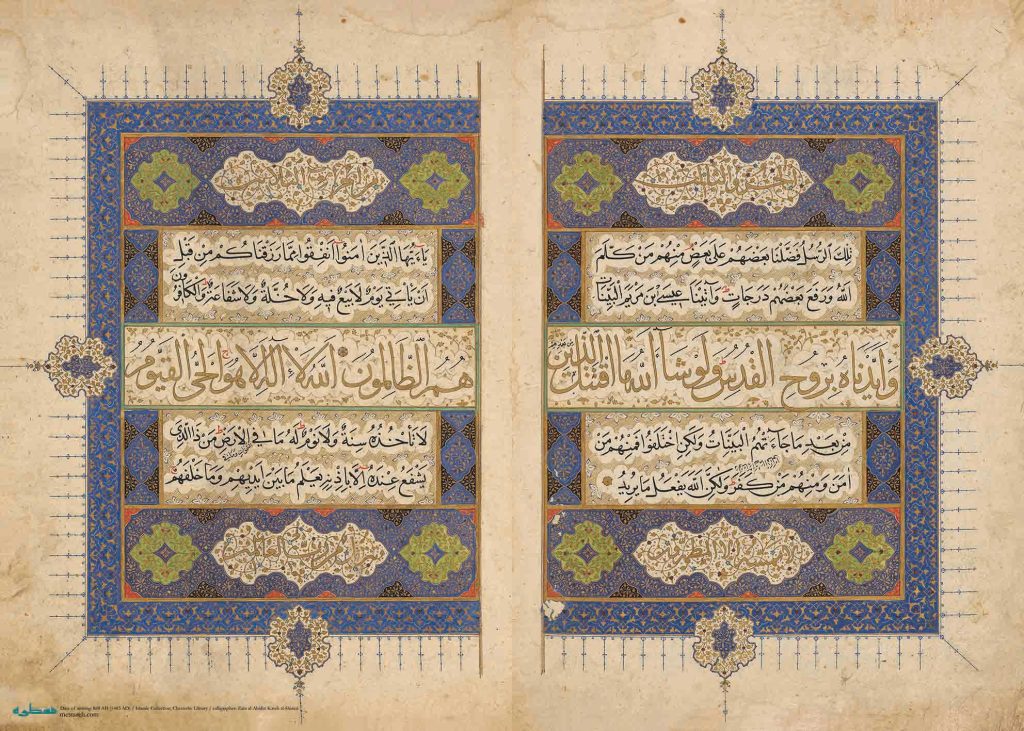Complete Quran of the Walters Art Museum
Calligrapher’s name
Font type
Date of writing
Version
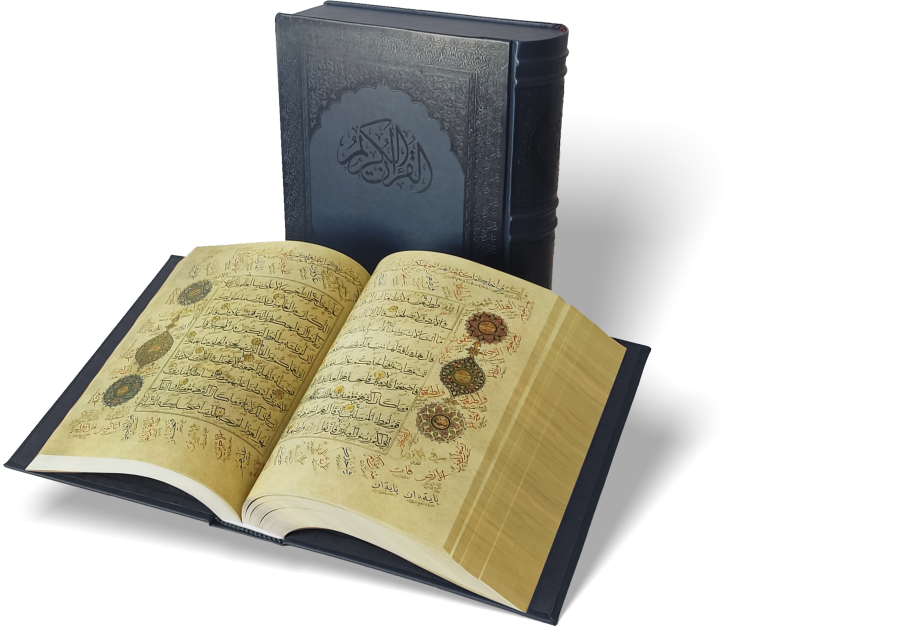
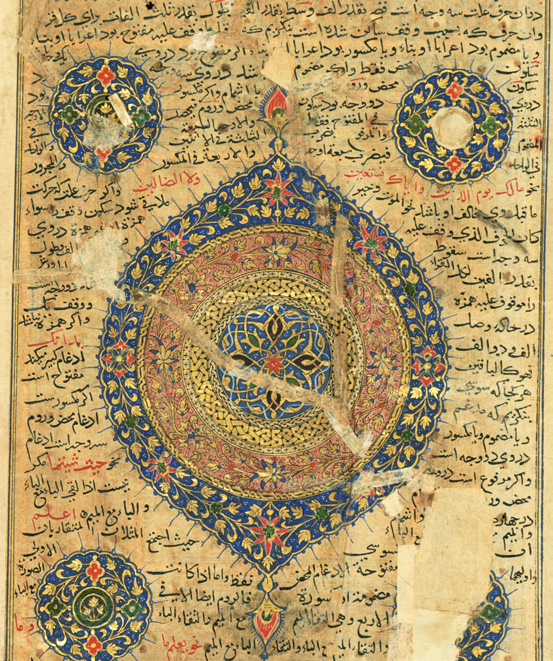
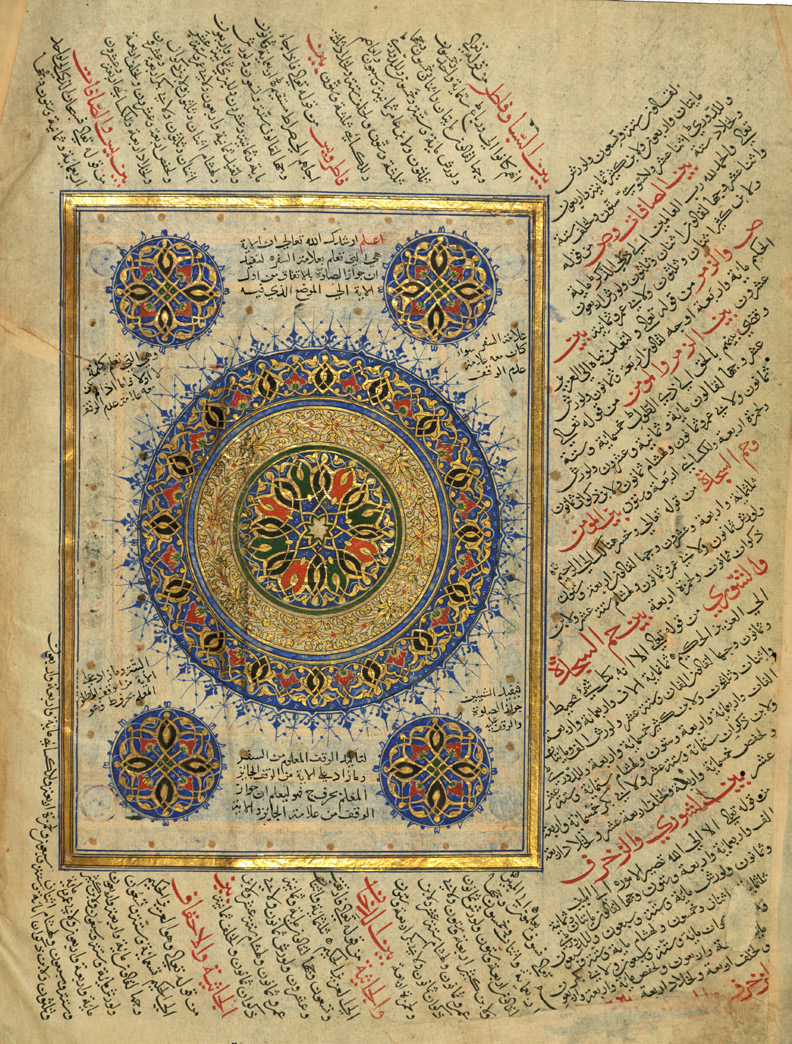
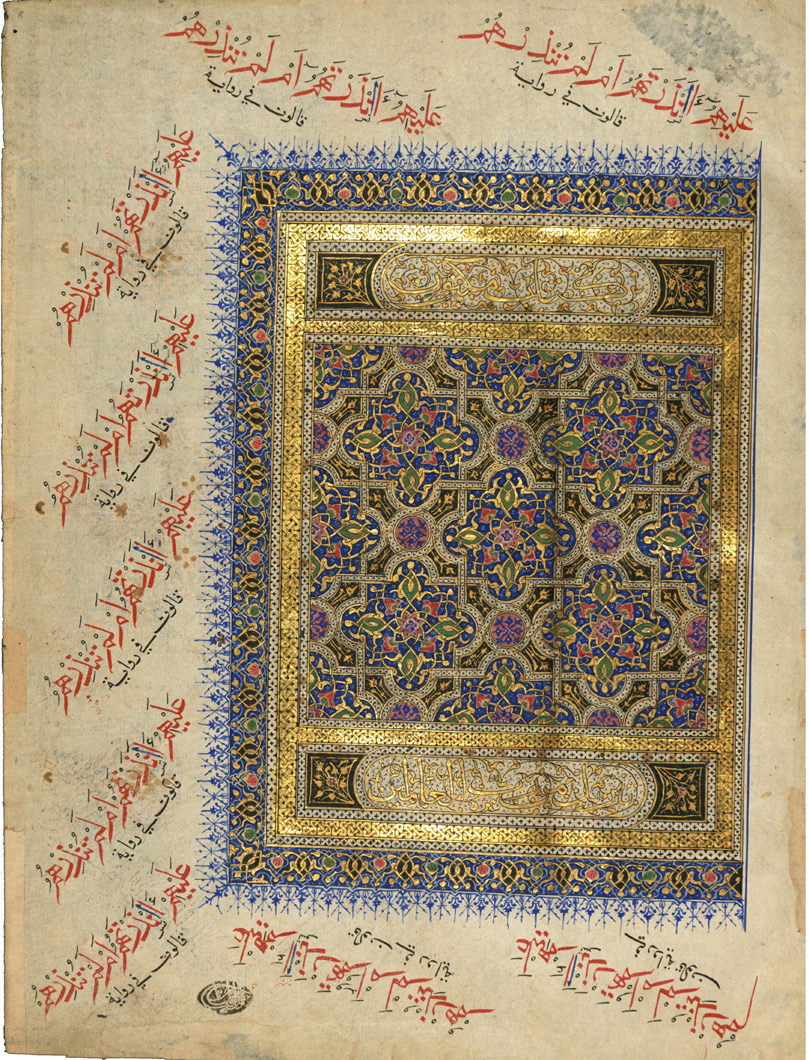
The manuscript presented here exemplifies an authentic reaction in the absorption and internalization of Timurid art and serves as a remarkable example of Iranian artistic expression. This piece is preserved at the Walters Art Museum under the reference number w.365 and was produced in northern India in the 9th century AH (15th century AD). Its artistic features include decorative page layouts, calligraphic scripts, and exquisite gilding, which reflect the political, cultural, and artistic connections between the Timurid dynasty and various Muslim dynasties in India.
A notable characteristic of this manuscript is the introduction and marginal notes related to the differences in recitation among the Seven Readers. The Persian translation included in this work is significant for its archaic vocabulary and linguistic features, employing a word-for-word translation approach. The Quran consists of 552 pages, with verses written in the Muḥaqqaq, Thuluth, and Naskh scripts. The word “Allah” is inscribed in gold, and “Bismillah” at the beginning of the surahs is also written in gold. The titles of the surahs are rendered in Thuluth script, with some in Muḥaqqaq script and highlighted in white. This manuscript is of immense artistic value.
اشتراک گذاری :
Form is loading
Please Wait
Easy Form Builder

